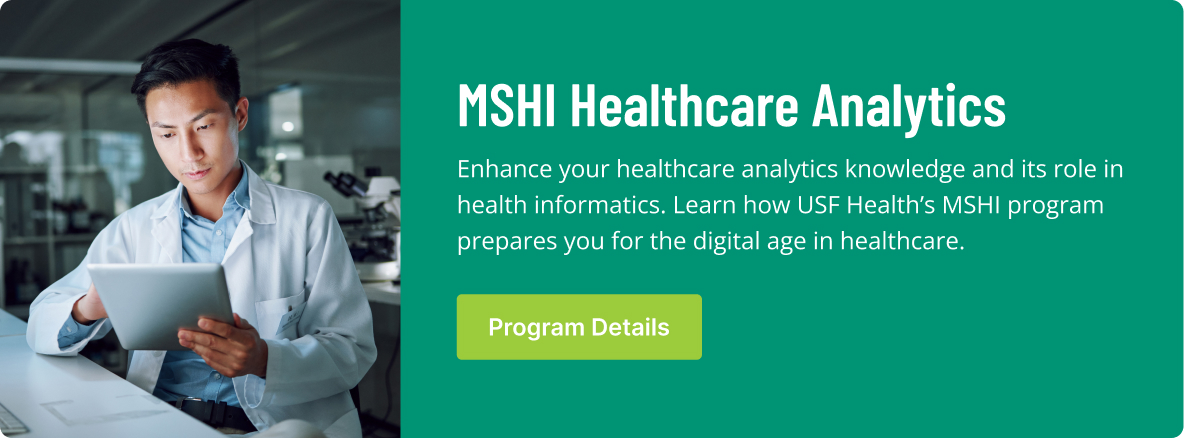For a long time, topics such as analytics, information system design, population health, telemedicine, remote patient monitoring and artificial intelligence (AI) have been big talking points in healthcare and ongoing projects. As the world copes with the realities of COVID-19, however, the pressure has mounted on health IT professionals to make those things the norm in a new reality for healthcare.
Population health management is quickly becoming the center of attention during the COVID-19 pandemic. It’s an industry segment that recent projections have shown will grow in the coming years, with a market value of around $40 billion by 2025. Particularly there has been a focus on how to better engage, educate and monitor patients as a virus spreads throughout a community.
Using Analytics to Get There
Analytics has been broadly adopted by most healthcare companies, however, the use of advanced analytics is set to play a big role in creating the population health landscape the industry needs. The insurance industry for one can use analytics to create personas of various member populations. Analysis of episodes within the population could highlight patterns that help personalize care.
Personalization is vital for patient engagement efforts as people seek information relevant to their population. And they expect to have options in how they receive care the same way they do in every other aspect of their lives, including the option to do things digitally rather than in-person all the time.
For that reason, telehealth efforts have intensified in recent weeks and the Centers for Medicare and Medicaid Services expanded telehealth benefits during the crisis. Insurers are coming to grips with the need to cover telehealth options the same as in person visits. Their value in keeping potentially infected individuals out of hospital waiting rooms is key to minimizing risk of exposure for staff as well as social distancing efforts and containing the virus.
“Telemedicine hasn’t traditionally been used in response to public health crises, but that is changing with COVID-19,” G. Cameron Deemer, president of telehealth technology company DrFirst, said in an interview with Healthcare IT News. “I’m encouraged that government and private insurance companies are making policy changes to promote its use. The CDC is calling for healthcare facilities to adopt telemedicine to protect patients and staff, and many large hospitals are racing to implement and scale up these capabilities at their frontlines.”
Once diagnosed, real-time analysis technology such as remote patient monitoring platforms could help physicians manage patients remotely who do not necessarily need to take up a hospital bed.
Rolling Out Technology Quickly
The speed of response comes down to healthcare organizations having teams capable of responding and adapting to circumstances in a timely manner. A good example is the way that chatbot vendor Conversa Health rolled out bots for Coronavirus Chats, a virtual help desk designed to help patients assess risk, check symptoms and triage to local care centers or testing sites.
The chatbots gave providers a first line of interaction that allowed them to determine which patients were urgent cases in need of immediate interventions and those who could be managed remotely for the time being. Additionally, the chatbots can be use with a frequency to check back with patients in a way that would be prohibitive in telemedicine. This way, providers can track a patients condition in real time and provide interventions at the appropriate stage without constant monitoring by a clinician.
Investing in Population Health Management
While there have been some big investments in population health management and value-based care in recent years, a report from Chilmark Research notes that many healthcare executives cite a lack of return on investment and struggles in developing the necessary organizational competencies.
The report, titled Pathways to Value for Population Health, noted that aggregation, management and governance of data is the foundation of successful population health management projects, but provider organizations struggle due to two primary factors. First, data related to treatment and claims comes from different partners and is inconsistent and poorly developed. The second factor is immature technology around the data.
As providers look to incorporate social determinants of health into population health management efforts, the technology needed to seamlessly integrate information from a variety of sources is still in development for many providers. Until it exists, ROI will likely prove elusive.
As we are seeing play out with the COVID-19 pandemic, technologists and healthcare providers are having to collaborate more than ever and professionals who can bridge the gap between the two are extremely valuable.
At USF Health, our goal is to develop a health informatics and analytics workforce that can be that bridge. If a future in health IT is for you, be sure to learn more about our online graduate programs, developed for busy professionals so that they can continue changing healthcare now and into the future.




